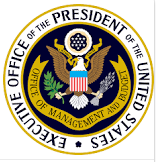The Challenge
The federal regulatory process is often perceived as complex and difficult to understand, hindering public access and participation. Issues such as inconsistent data availability on regulations and lack of comprehensive search capabilities impede public engagement. Additionally, the absence of standardized document naming conventions and data protocols further complicates the regulatory landscape.
Solutions
Application
Future
The core mission of the Office of Management and Budget (OMB) is to serve the President of the United States in implementing his vision across the Executive Branch. OMB is the largest component of the Executive Office of the President. It reports directly to the President and helps a wide range of executive departments and agencies across the Federal Government to implement the commitments and priorities of the President.












